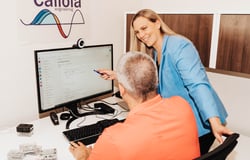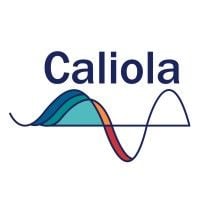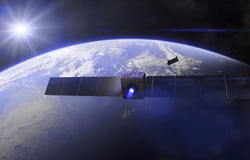Responsibilities
- Develop power electronic control algorithms into firmware based on the control method and algorithms that satisfies the flight vehicle requirements
- Work closely with firmware engineers to implement DSP/Microcontroller-based control algorithms according to the system standards and rules
- Collaborate closely with hardware and firmware engineers throughout the development cycle (system design, prototyping and validation, system integration, and improvements)
- Conduct hardware-in-the-loop (HIL) testing, embedded simulation, and field validation to verify controls performance
- Document controls architecture, control logic, and regulatory compliance considerations.
- Develop comprehensive test plans and perform thorough testing to validate firmware functionality, stability, and performance under various conditions
- Participate in testing of the integrated electrical systems, including bring up process, debugging, and checking the signal integrity, etc.
- Reading electrical drawings and schematics and help with the integration process
- Collaborate with software integration teams to bring up core functions and broadcast software level requirements to electrical hardware and systems teams.
Qualifications
- BS degree in Electrical or Computer Engineering
- Strong understanding of power converters, electric drives, and battery management systems
- 5+ years of experience in power electronics systems development, with a focus on motor control and power electronics.
- Knowledge of working with different digital signal processors (DSPs) and microcontrollers
- Experience in modeling and simulation of power electronics and electric machines (MATLAB and MATLAB/Simulink preferred)
- Experience in PCB design and its simulations tools
- Proficiency with basic EE tools (Oscilloscopes, Signal Generators, etc.)
- Start to finish ownership of hardware (design, prototype, and validation)
- Experience in development of digital and analog interfaces for PC-based systems, especially (Labview, Matlab, Python)
Preferred Qualifications
- Master or PhD degree in Electrical engineering is preferred
- Strong understanding of power electronics principles, including modulation techniques (PWM, SVM), voltage and current control loops, and Park transform
- Familiarity with ARM Cortex-M, TI C2000, STM32, or similar microcontroller families used in power control
- Knowledge of environmental, reliability, and safety requirements for aerospace applications and the path to certification
- Knowledge of basic control theory and its implementation in analog/digital circuits
- Experience in implementing different automotive and aerospace communication protocols (CAN, RS232, etc)
- Experience developing real-time control algorithms for inverters, converters, or battery systems.
- Familiar with EMI/EMC standards and electrical signal integrity
What We Offer!
- Relocation assistance
- Excellent medical, dental, and vision insurance through a PPO plan (100% premium paid for individuals, ~70% for dependents)
- Company-paid life, AD&D, long-term disability, and short-term disability insurances
- Parental leave
- Generous PTO + 10 paid holidays
- 401(k) matching up to 6%
- Lunch and snacks provided every day, including accommodations for all dietary restrictions
- Monthly wellness stipend
- Monthly cell phone stipend
- Yearly education stipend to obtain certifications or take classes in your field
- Fun events, swag, and the occasional airship ride
- An opportunity to change the world and work with some of the smartest and the most talented experts from different fields
Compliance Requirements
- Criminal background check clearance
- Drug test clearance wherever applicable
Top Skills

What We Do
Lighter Than Air (LTA) Research is an aerospace research and development company building experimental and certified manned and remotely piloted airships.
We are developing advanced technologies to dramatically increase the capabilities and lower the cost of 21st century airships. With these next-generation airships, we strive to improve humanitarian aid delivery and reduce carbon emissions, while providing economic opportunity and new jobs to Americans.
LTA airships will have the ability to complement — and even speed up — humanitarian disaster response and relief efforts, especially in remote areas that cannot be easily accessed by plane and boat due to limited or destroyed infrastructure. We ultimately aim to create a family of aircraft with zero emissions that, when used for shipping goods and moving people, would substantially reduce the global carbon footprint of aviation.


.png)







